Know your Plant
- The trees have a slender, spire-like crown.
- The relatively short, mostly horizontal branches are in whorls around the slender, upright to slightly leaning trunk.
- A 2017 study found that trees tend to have a uniform tilt dependent on the hemisphere of their location, leaning on average 8 degrees south in the northern hemisphere and the same angle north in the southern hemisphere.
- It is widely used by people as A Christmas Tree in their house by decorating it with various items during the time of Christmas.
- Christmas trees filter water, reduce runoff and potential flooding, and provide homes, food and protection for wildlife.
- It cools the average temperature around them by almost 10 degrees.
- It reduces erosion and pollution.
- It improves mental health, productivity and happiness by boosting your immune system and lowering anxiety.
Plant Essentials
Light
Semi - Sun / bright, indirect sunlight
Temperature
Warm, humid conditions are ideal. (18-24°C)
Water
Regular, consistent watering and good drainage is needed, allow the top soil to dry out a bit between waterings. Reduce watering in winter. Mist every 1-2 days.
Media
A good loam – based potting solid is required for standard pots. Hydroculture methods are highly recommended.
Fertiliser
Apply balanced liquid fertiliser a few times from spring to autumn.
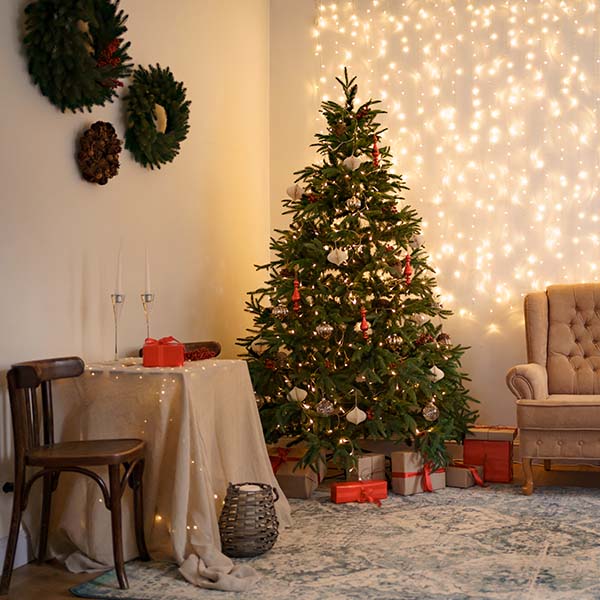
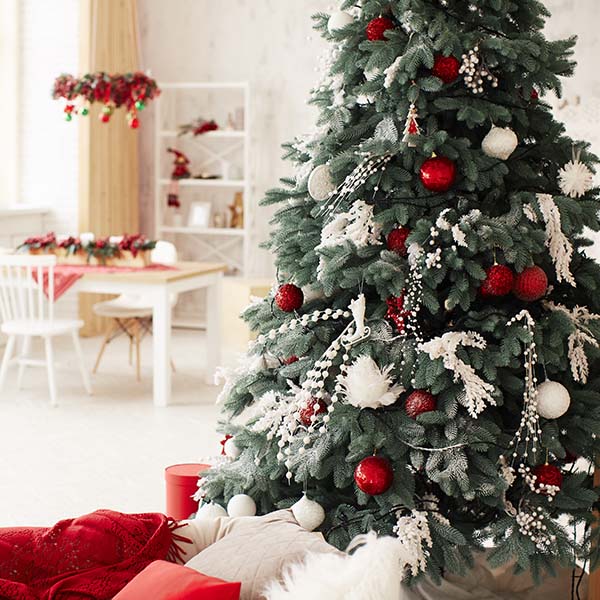
Potting
Grow in a 8-12 inches pot. Repot when root-bound every 2-3 years.
Other Tips/ Info
Remove dead fronds at the base. Avoid shady corners. Keep away from heaters in winter.
Preferred Pot Size
8-12 inches
Maximum Height
6 feet
Approx. Spread
3 feet
0/5
(0 Reviews)

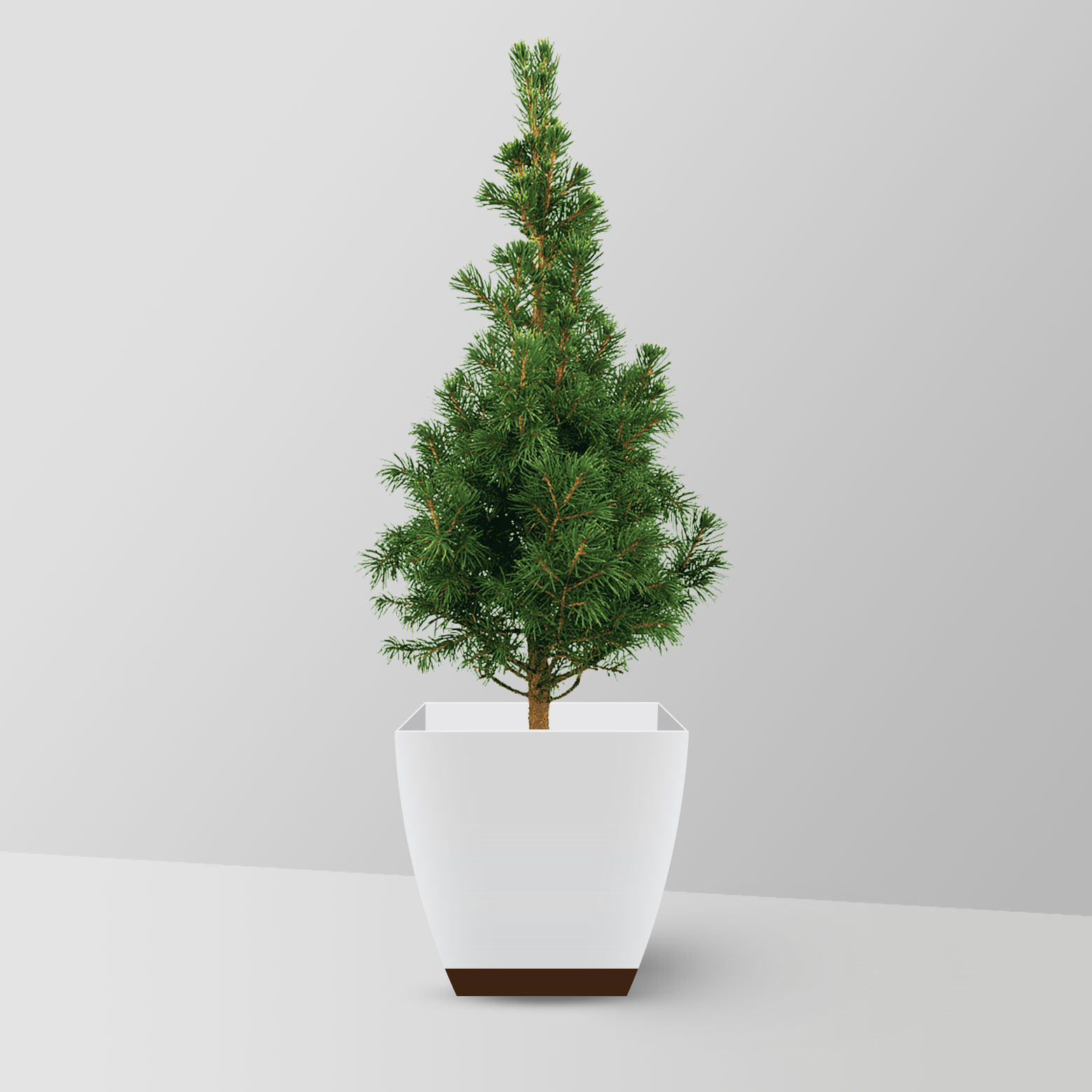
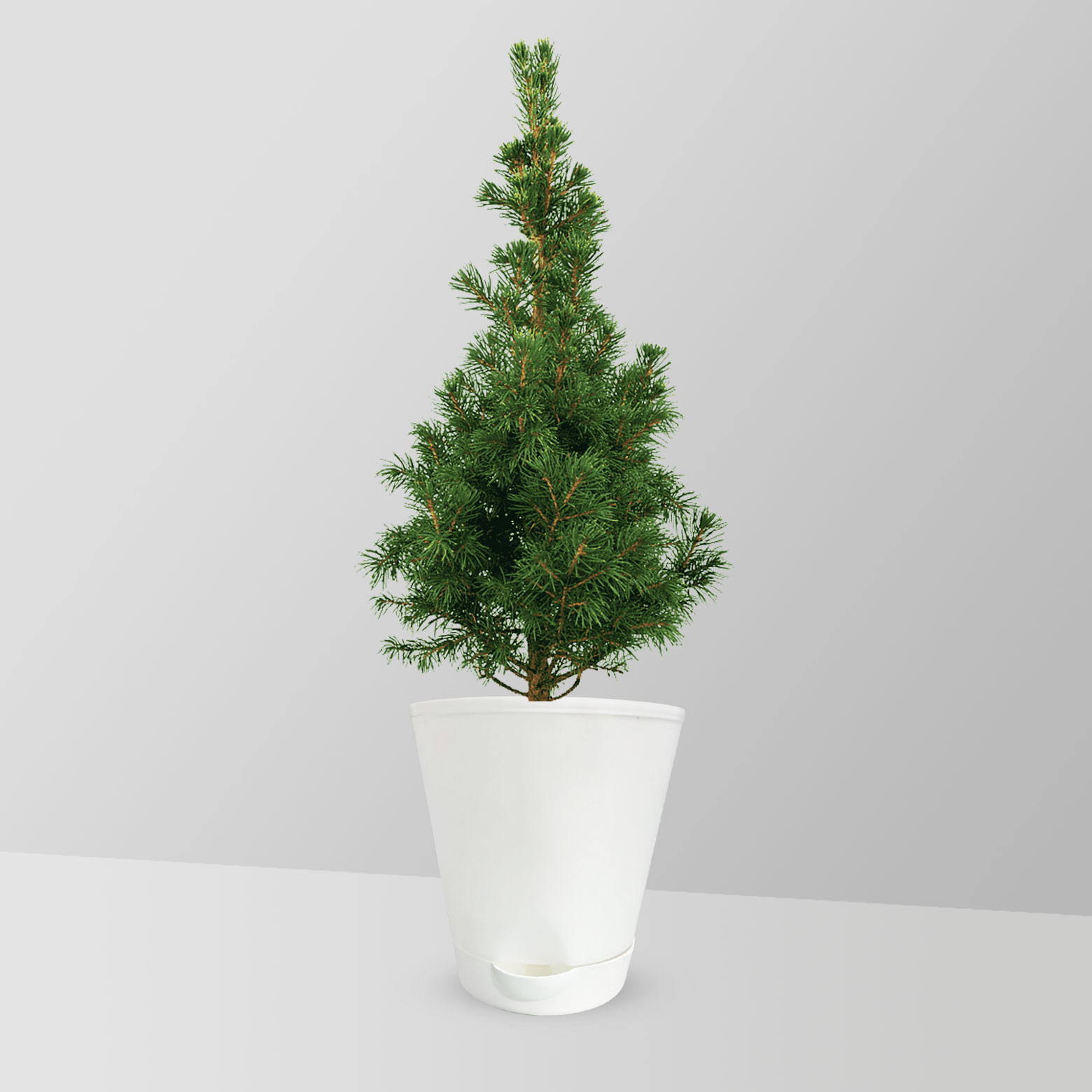
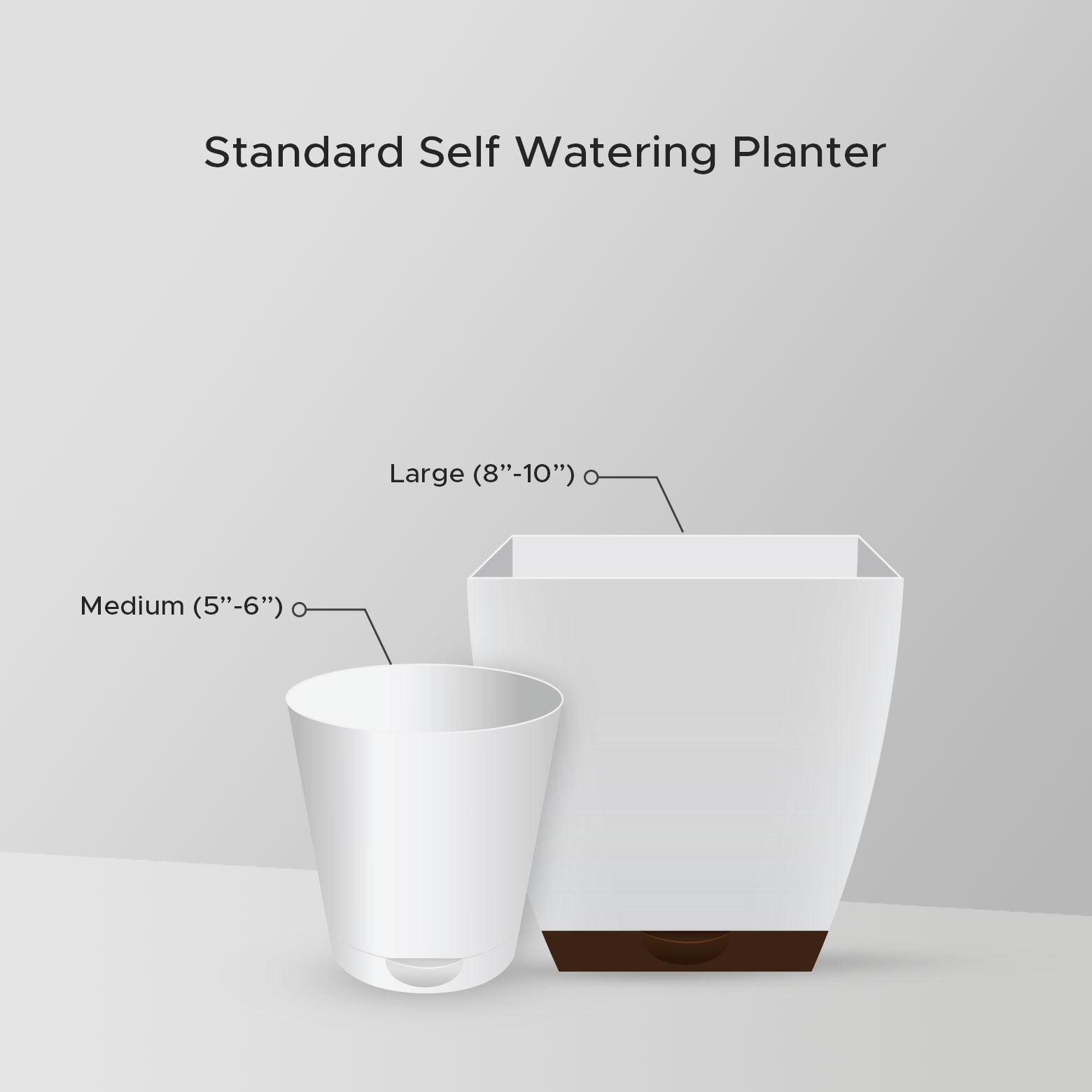
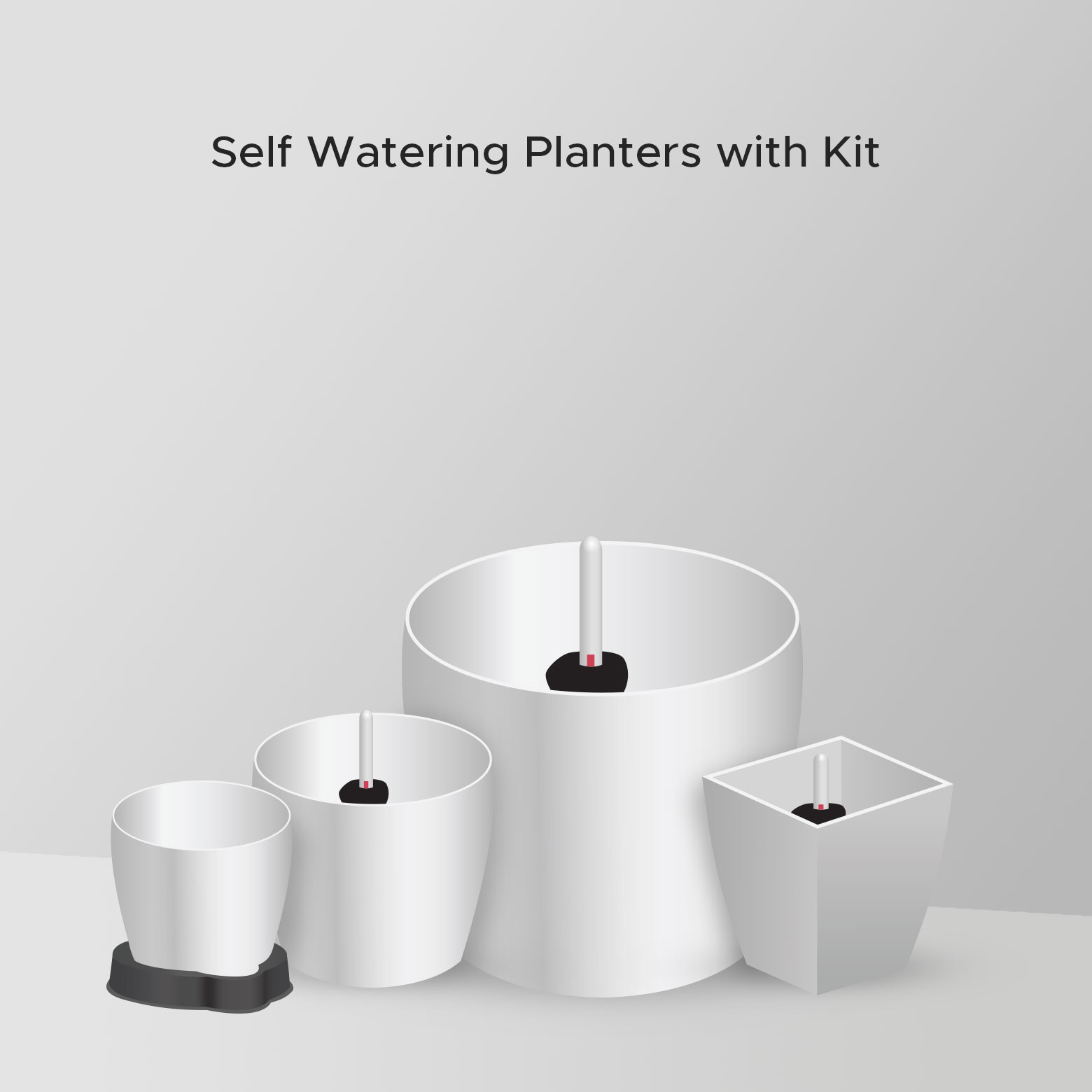
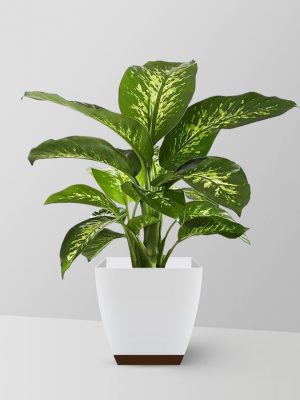
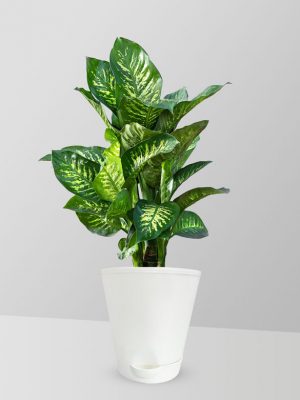
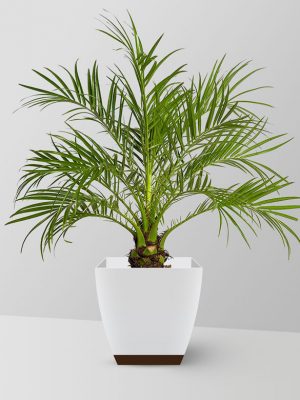
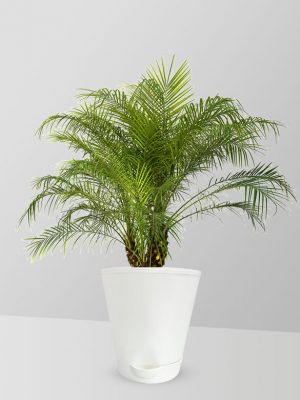

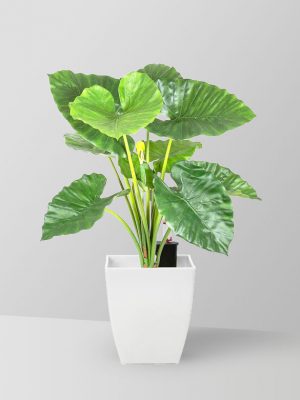
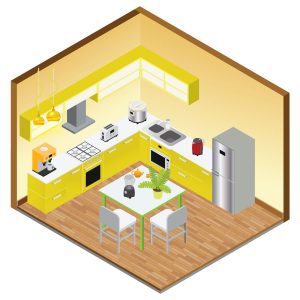


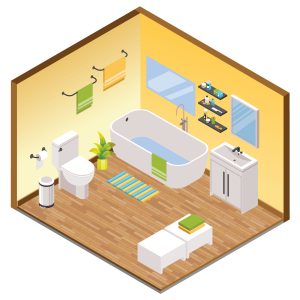
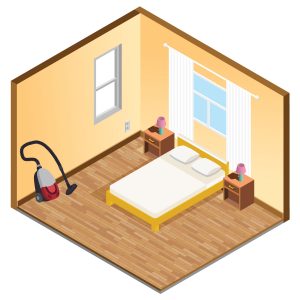
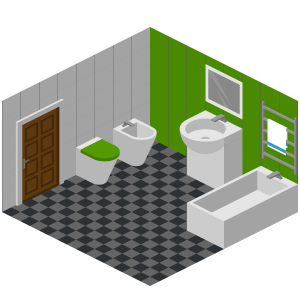

1 review for Christmas Tree
There are no reviews yet.